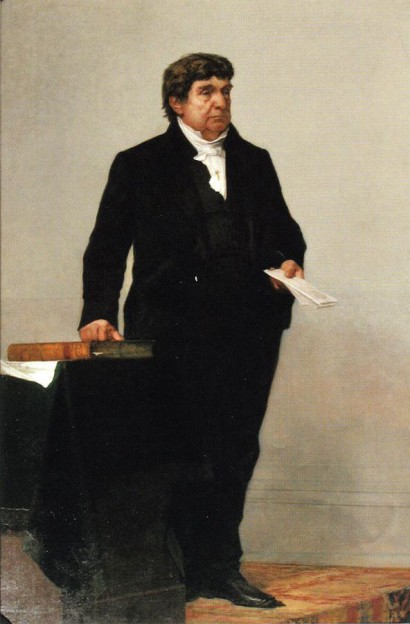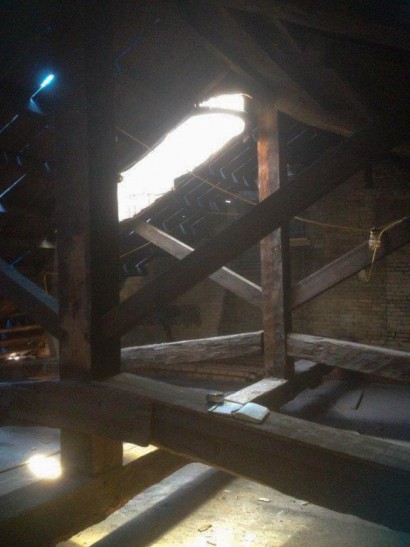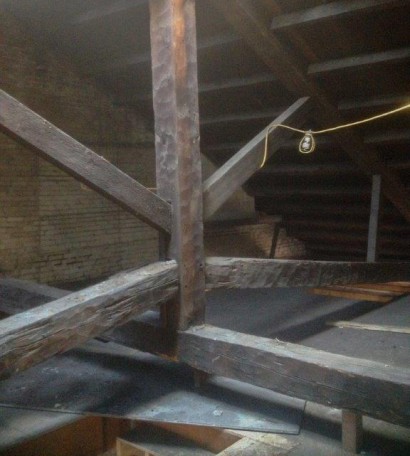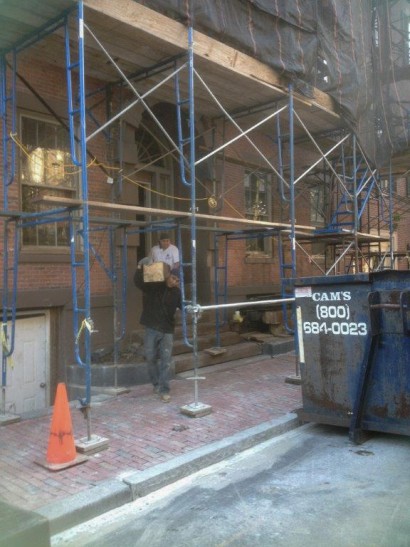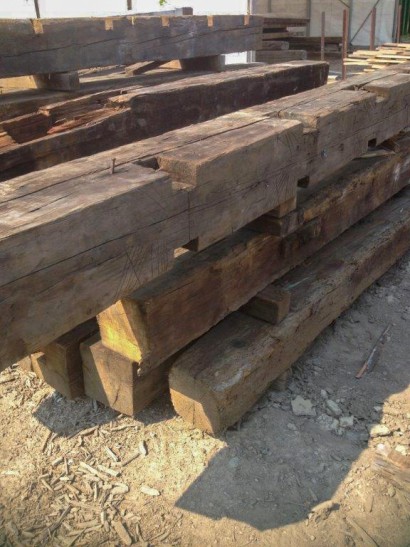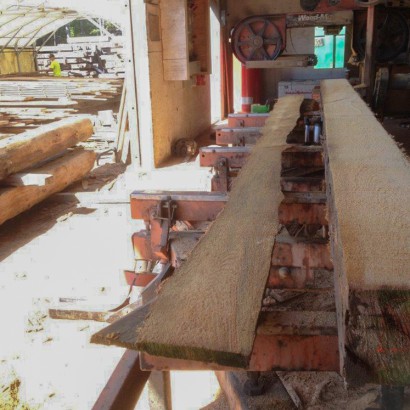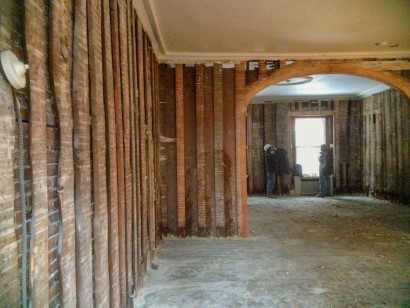
Boston, MA ~ 1803
Longleaf Lumber reclaimed old growth white pine boards and beams from this historic Beacon Hill home. Dating to 1803, 49 Mt. Vernon Street is a magnificent building that was once home to one of the Commonwealth’s most influential magistrates.
At the end of the 18th century, the western 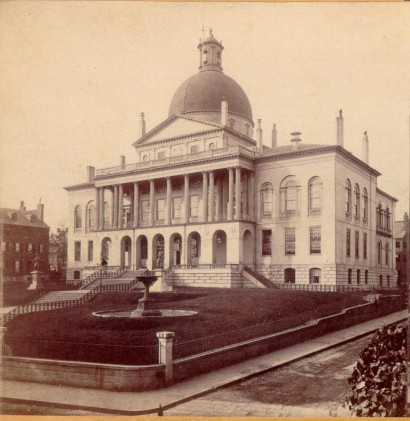 and southern slopes of Boston’s Beacon Hill were primarily undeveloped pasture. The construction of the new Massachusetts State House and several bridges across the Charles River quickly revealed the area’s value, however. In 1795, much of the land was purchased by a group of investors (primarily – and unwillingly – from painter John Singleton Copley), a hilltop was relocated, neighborhood streets were planned by noted architect Charles Bulfinch (who designed the original portions of the State House), and grand homes began to be built.
and southern slopes of Boston’s Beacon Hill were primarily undeveloped pasture. The construction of the new Massachusetts State House and several bridges across the Charles River quickly revealed the area’s value, however. In 1795, much of the land was purchased by a group of investors (primarily – and unwillingly – from painter John Singleton Copley), a hilltop was relocated, neighborhood streets were planned by noted architect Charles Bulfinch (who designed the original portions of the State House), and grand homes began to be built.
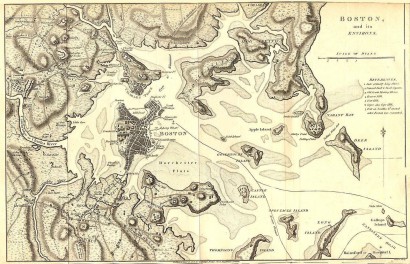
In 1803, successful Boston merchant and philanthropist Stephen Higginson Jr. speculatively erected a series of Federal-style row houses on Mt. Vernon Street, confident that wealthy Bostonians would find them desirable. The architectural design of these buildings is attributed to Charles Bulfinch. The homes were tall and closer to the street than earlier area buildings and came to represent the architectural style of most of the following housing development on Beacon Hill.
In 1831, one of these homes, 49 Mt. Vernon Street, was purchased and expanded upon by Lemuel Shaw and his second wife, Hope. The building featured an imposing facade and no fewer than ten fireplaces. Shaw, a class of 1800 Harvard graduate, was a noted community leader, jurist, and Federalist who held many civic and social positions, including school committeeman, member of library and historical societies, and fire warden. He served several years in the Massachusetts House of Representatives and finally as Chief Justice of the Massachusetts Supreme Judicial Court from 1830 to 1860.
Due to the 30-year length of his tenure on the bench, 49 Mt. Vernon resident Shaw had a profound effect on the legal profession for the Commonwealth and the nation. A magistrate of great personality and intelligence, he was described as patient, solid, thorough, and systematic. Shaw wrote approximately 2,200 opinions and set precedents in areas of law ranging from emerging industry, public utilities, transportation, employee rights, labor unions, police power of states, segregation, legal insanity, arson and to murder.
It was at 49 Mt. Vernon that Lemuel and Hope raised their children and entertained fellow prominent or notable New Englanders, such as son-in-law Herman Melville. Both Lemuel and his wife lived in the house until their final days: Lemuel died in 1861 and Hope in 1879. Their son, Samuel Savage Shaw, continued to live – unmarried – on Mt. Vernon until his death in 1915. The house has been in the possession of several owners since then, each transforming the building to fit their needs.
Today, a substantial renovation project is being undertaken at 49 Mount Vernon. During this renovation, Longleaf Lumber reclaimed white pine beams from the roof, part of which was removed to create additional space on the top floor of the building. Wooden trusses, purlins, rafters and white pine roof boards were carefully salvaged from the jobsite.
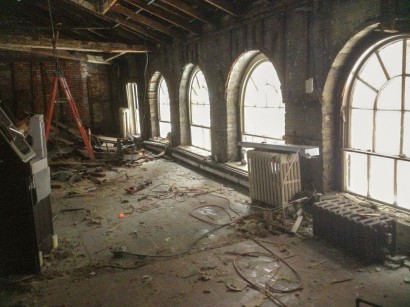
In a delightful turn of New England history, the timber salvaged from this building was re-milled and repurposed in another house of great New England fame. You can read more about this exciting project on our website by clicking here.

